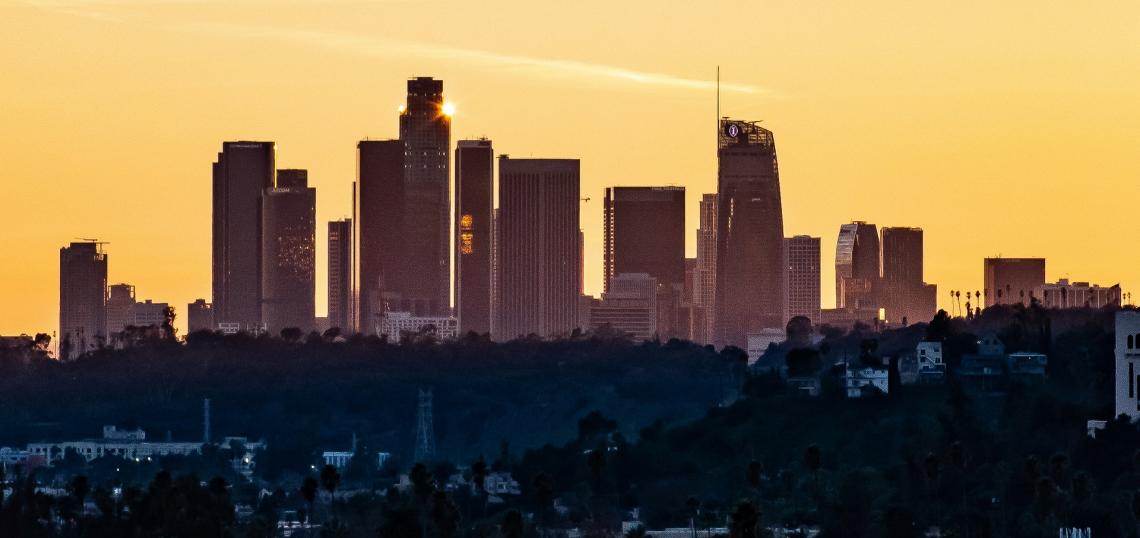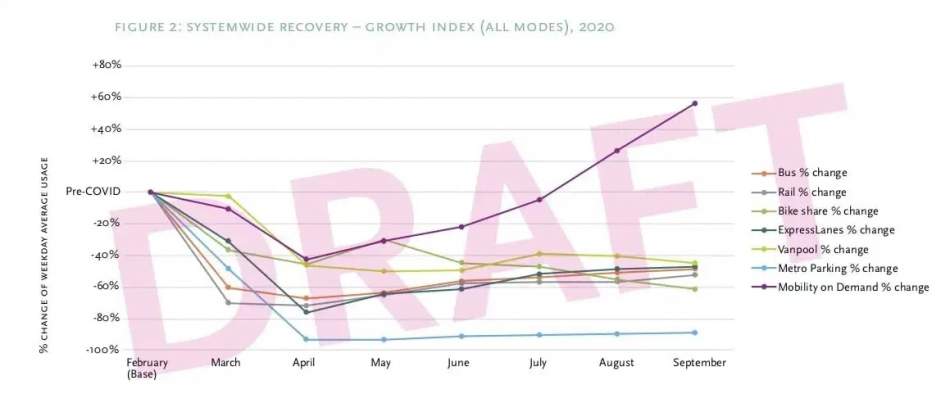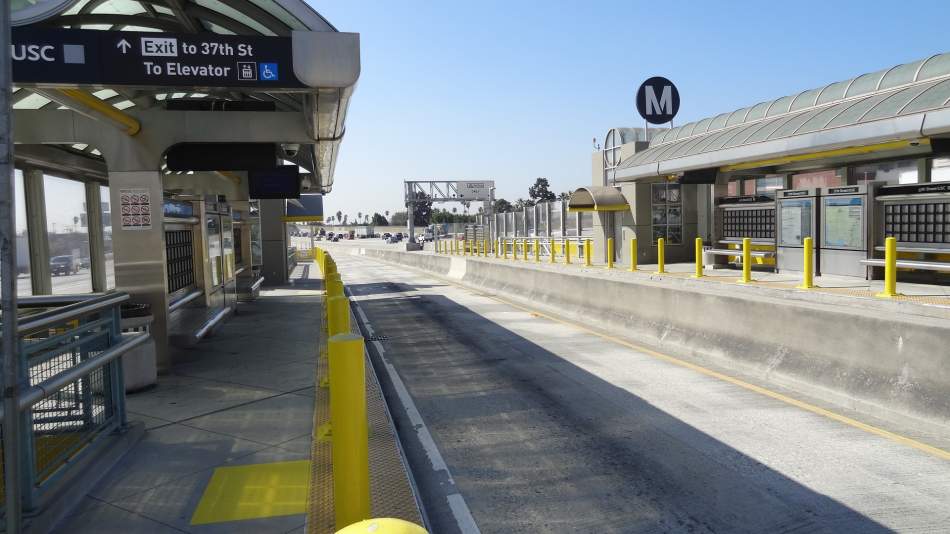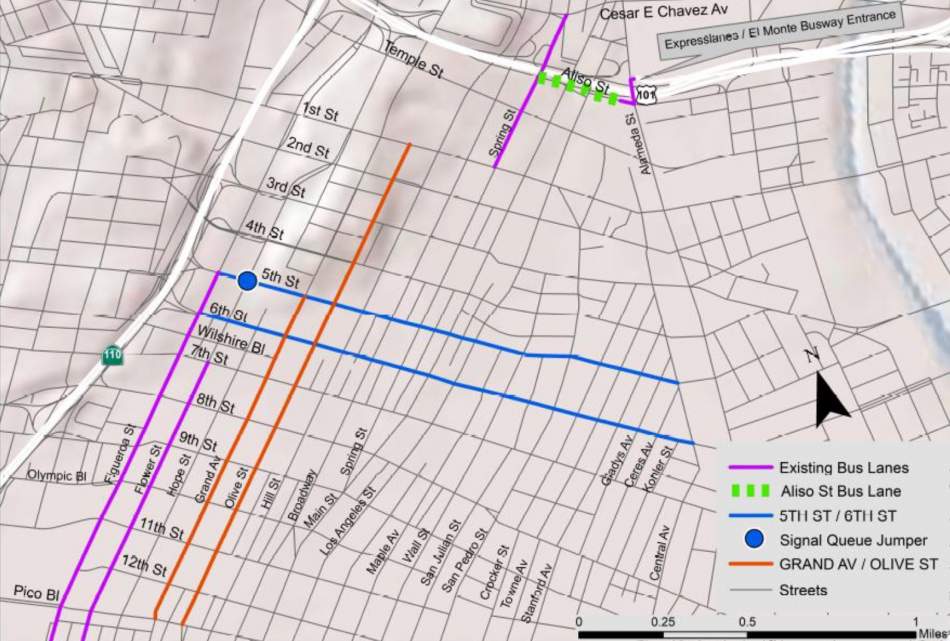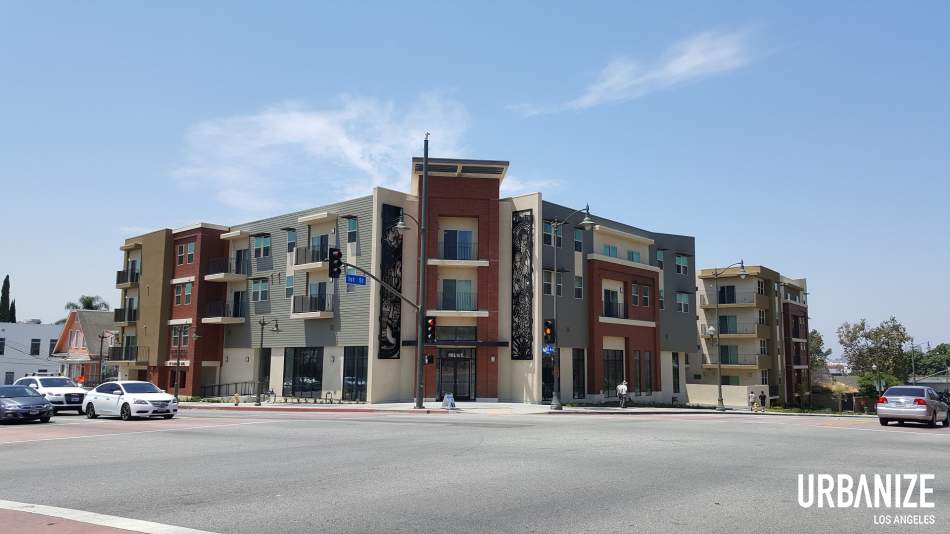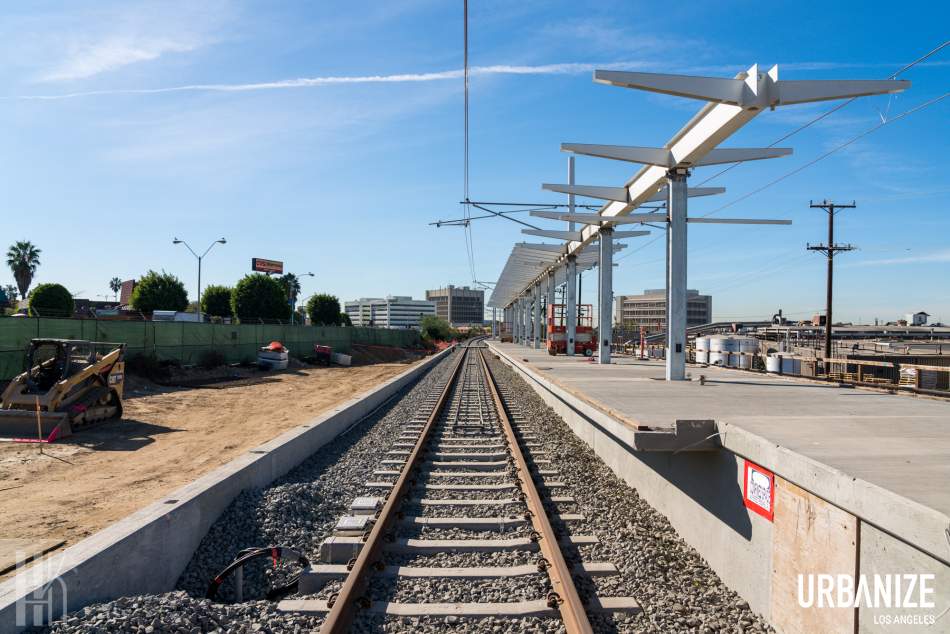A Metro task forced convened at the outset of the COVID-19 pandemic has released a final draft report outlining strategies to help the agency recover lost ridership and revenue, while also taking steps to address longstanding inequities in Los Angeles County.
The Recovery Task Force's report, entitled A Path Forward, has been released in the wake of a public health crisis which has halved Metro's ridership and dealt a blow to the sales tax and fare box revenue which supports bus and rail operations.
Although the report does not by itself constitute policy, it puts forth 17 recommendations for the Metro Board of Directors to pursue in its recovery plan. Highlights from those proposed strategies include:
- improving speed of travel in HOV lanes, expanding the regional network of ExpressLanes, and running new express bus lines on select corridors;
- accelerating complete streets projects which prioritize buses;
- standardizing payment and fare structure across L.A. County's transit providers - or potentially eliminating fares altogether;
- incentivizing reduced car ownership;
- improving stations with more seating, shade structures, real-time arrival information, retail options, and restrooms;
- gathering more comprehensive data on equity and travel patterns to guide bus and rail service;
- accelerating joint development projects on Metro-owned land; and
- studying how Metro can reduce construction costs to speed infrastructure projects and save funds for other endeavors.
While the report lays out a road map for Metro’s recovery from the pandemic, it also acknowledges failures of the status quo, according to Joshua Schank, Metro's Chief Innovation Officer.
“The system we went into the pandemic with wasn’t working,” said Schank in an interview. “It has a lot of congestion, a lot of inequity, and a lot of pollution. So the recommendations aren’t about restoring the system – it’s about resetting the system and using windows of opportunity to do that.”
Research has shown that the brunt of the pandemic's impacts have been borne by communities of colors, which data shows have suffered greater incidence of illness, death, job, and income loss as a result of the pandemic. Communities of color comprise roughly 80 percent of Metro's ridership, according to a survey conducted in Fall 2019.
Some of the 17 recommendations, as well as action items identified in earlier reports from the task force, are already in various stages of implementation.
Los Angeles County is poised to expand its ExpressLanes program in the coming years, building off of an existing network of freeway HOV lanes. Some policy changes - such as raising the occupancy minimum constituting a carpool - could improve travel times in HOV and ExpressLanes without requiring new construction, enabling Metro to run new express bus lines on certain corridors.
These propoesd bus lines would serve longer distance trips, as opposed to the short- and medium-distance trips covered in Metro's NextGen bus plan, according to Mark Vallianatos, Metro's Executive Officer of Innovation.
This summer brought new bus-only and protected bike lanes to a handful of corridors in Downtown, and the City of Los Angeles recently initiated a study of additional projects in neighboring communities. Metro, which has a regional footprint, could work with the City of Los Angeles and other jurisdictions to develop a complete streets master plan for the County as a whole.
The agency has previously studied more than 20 corridors as candidates for bus rapid transit projects, potentially providing a starting point for a countywide effort.
Acknowledging that an expansion in automobile ownership in Los Angeles County has coincided with a decrease in transit ridership, the report also suggests a new strategy to lure drivers back on to buses and trains: financial incentives.
The proposal, as described by Schank, is modeled after the “cash for clunkers” program, but with a twist. While a detailed plan has not been put forth at this point in time, the concept envisioned by Metro’s task force would allow motorists to trade in an old car in exchange for a form of mobility benefit. Possible incentives include credits to be used for bike share, e-scooters, and ride share systems, or even a rebate on internet service to enable telecommuting. Similar programs have already been implemented in countries such as Lithuania, Italy, and Spain.
The report also proposes that Metro leverage its joint development and capital expansion programs to increase the amount of housing built on land near transit stops.
To date, Metro has worked with private developers to build more than 3,000 homes on agency-owned properties near train stations in neighborhoods such as Boyle Heights, Westlake, and Koreatown. Metro, which is already in the midst of an update to its joint development policies, could set higher affordability targets for its joint developments, while also discouraging its parnters from including large parking garages in their projects.
Another potential strategy to improve Metro's output of transit-adjacent housing is strategic land acquisition. To date, the agency's joint developments have been built on the "leftover" properties which remains after the construction of new transit stations. However, acquiring additional property near stations could facilitate larger joint developments with additional affordable housing.
Paying for the recommendations contained in A Path Forward may be a tall order - but he task force hopes to cover at least some of the price tag by tamping down on rising construction costs on capital projects.
Bloated budgets have already dealt setbacks to several of Metro's Measure M projects - including the East San Fernando Valley light rail line, which will be built in two phases due to its growing price tag. A study recommended by the task force calls for examining the practices of peer agencies in the United States and other countries, withthe hope of finding new ways to save scarce funding for other programs.
The per-mile costs of new rail lines in the United States famously outstrip those of projects in other countries, despite the use of similar technology and constructio methods. Researcher Alon Levy has attributed this phenomenon to a combination of overly-elaborate station design, political disinterest, and mismanagement, among other factors.
Metro is currently seeking public input on the 17 recommendations. Click this link to take a survey and leave comments through January 8, 2021.




